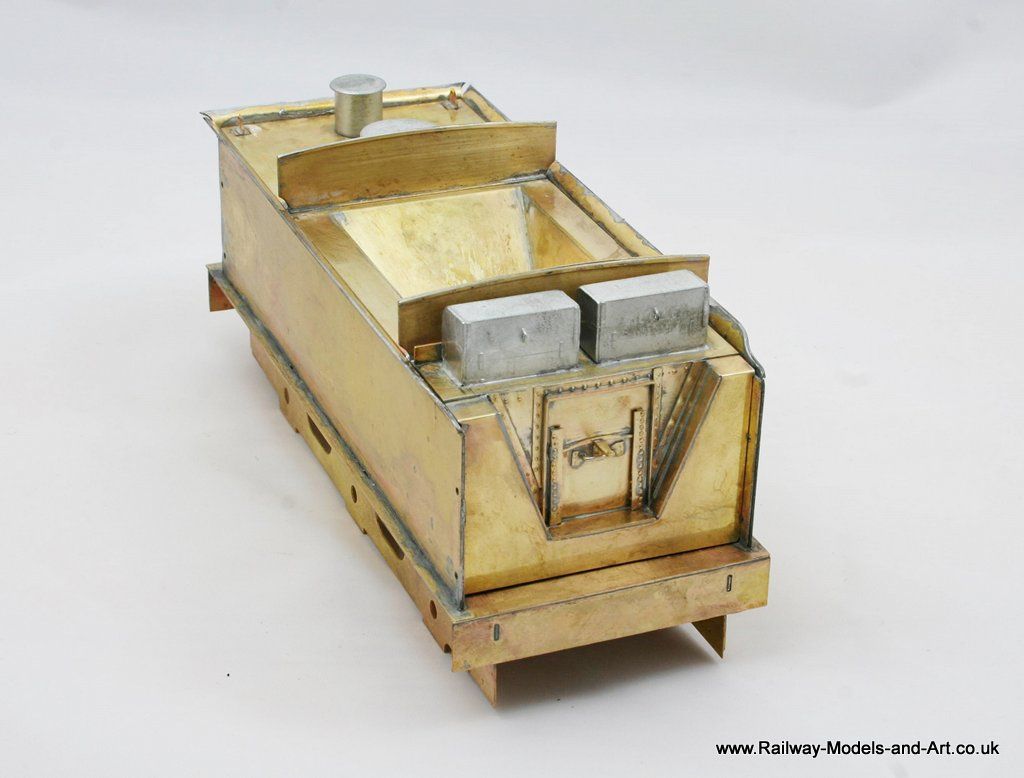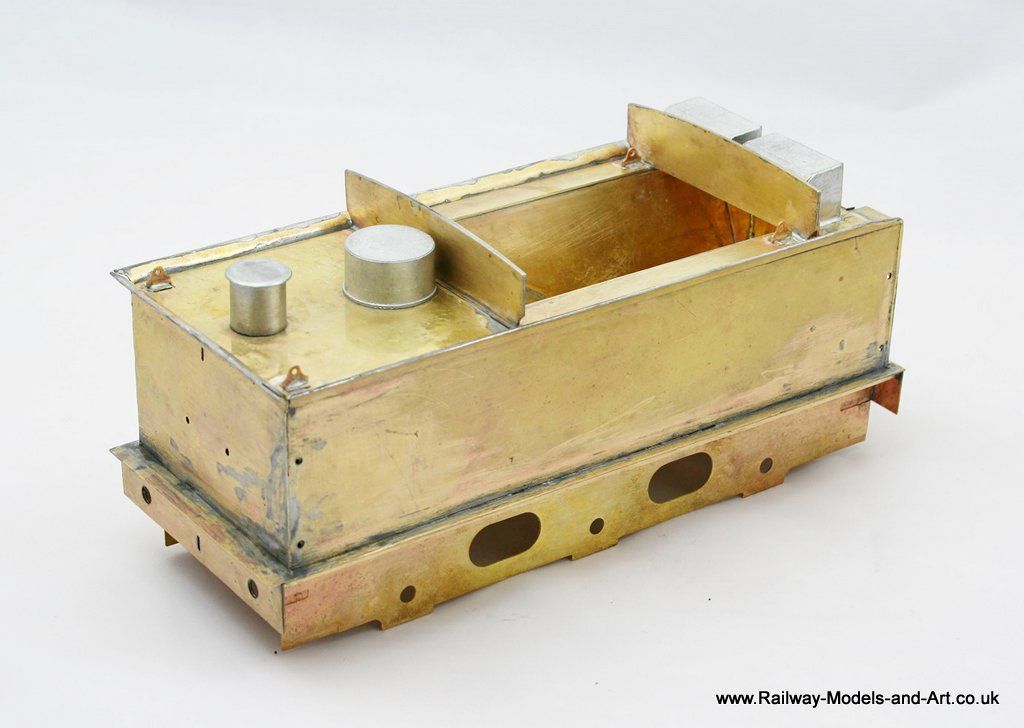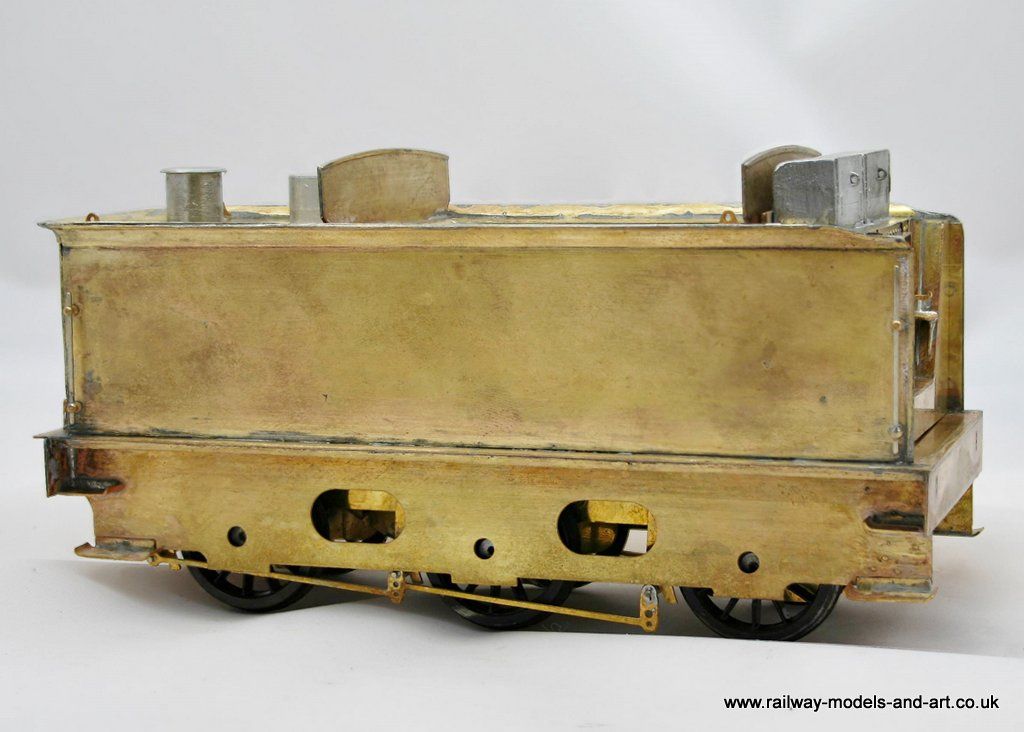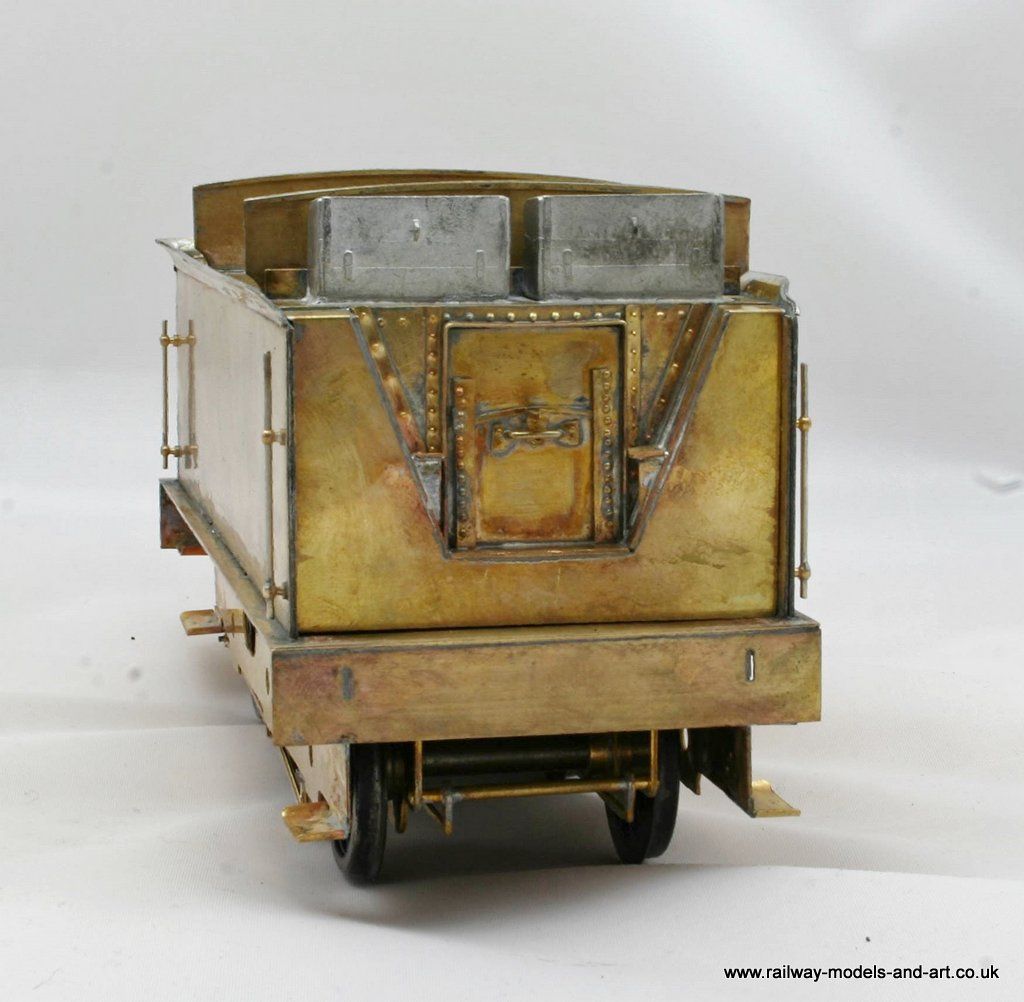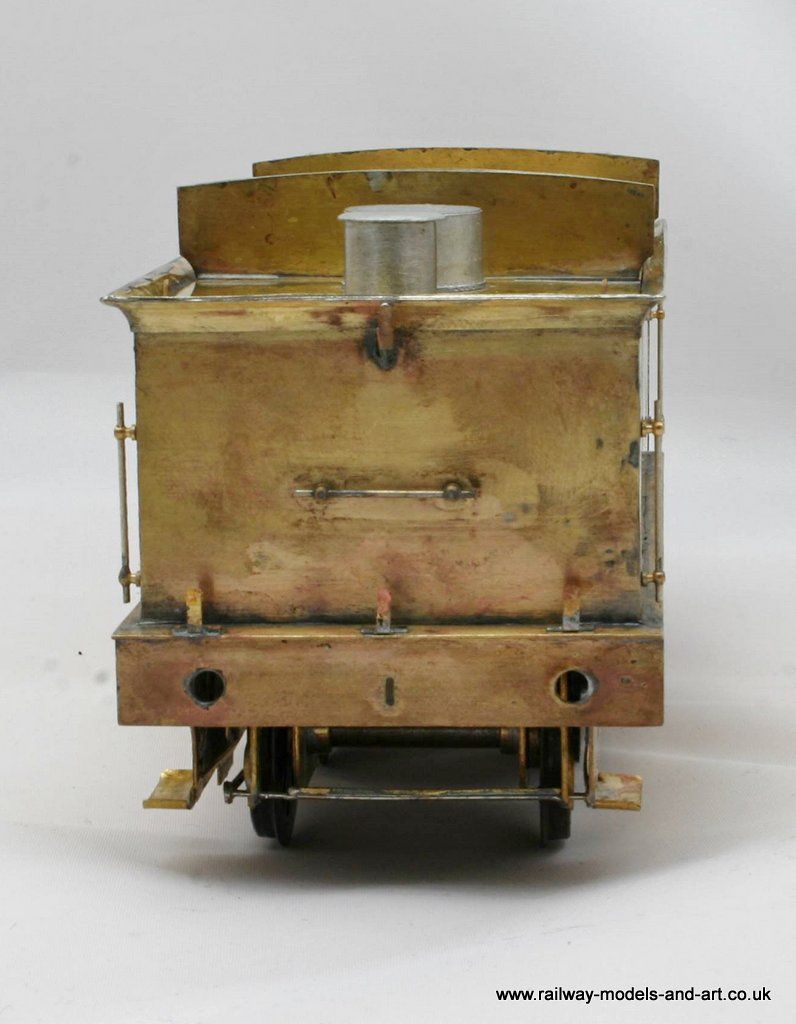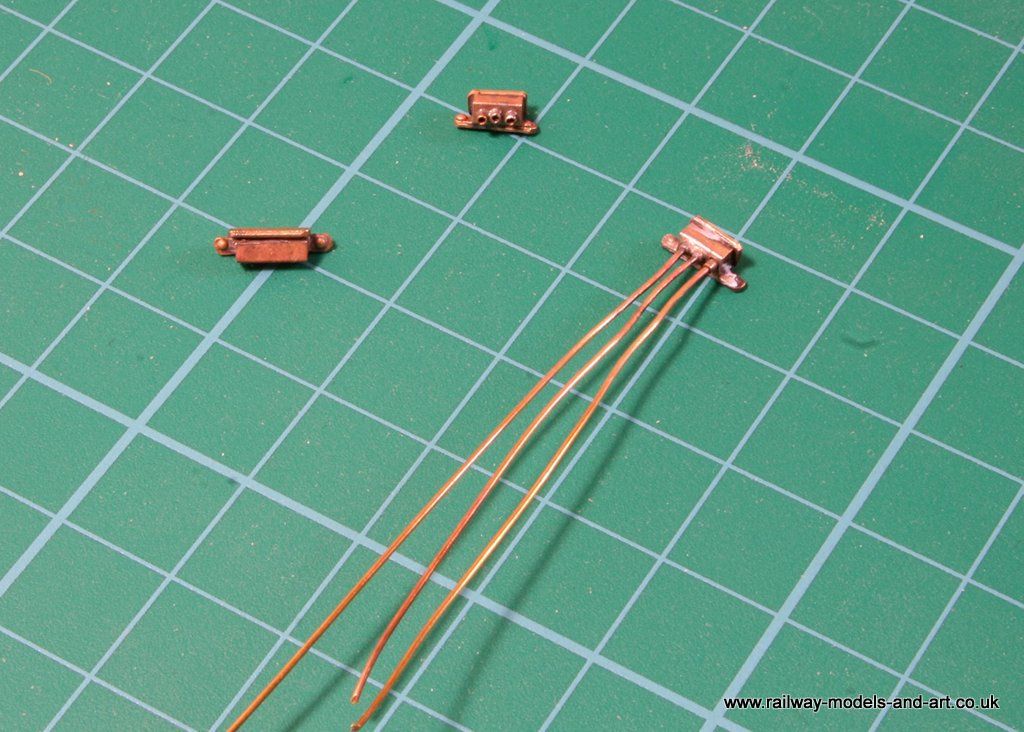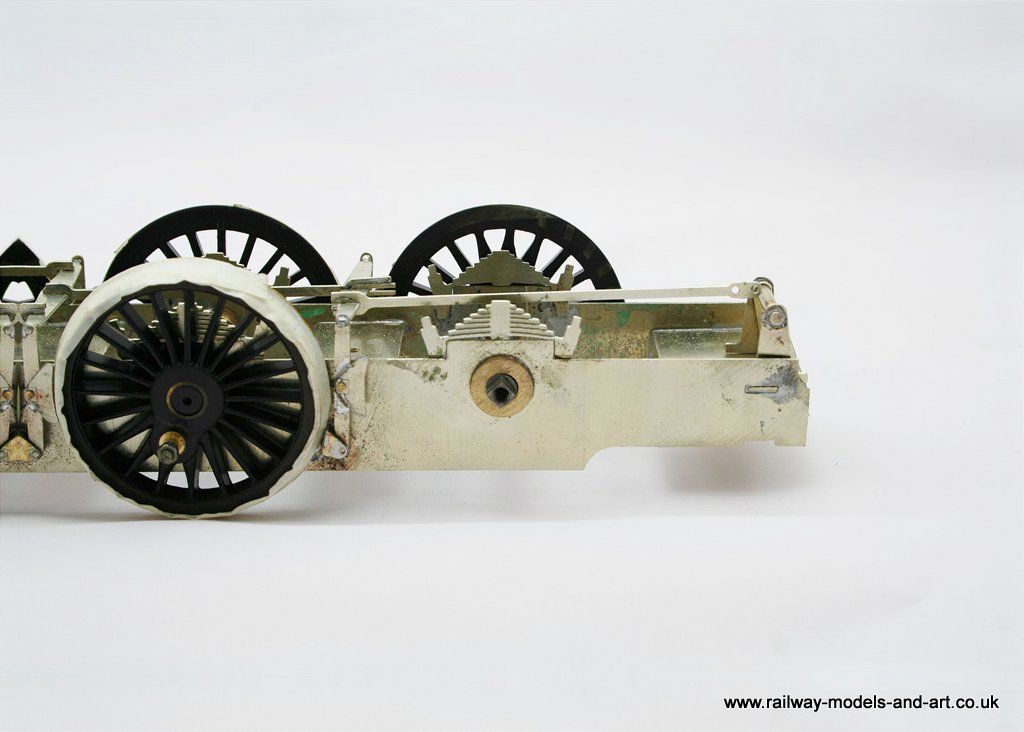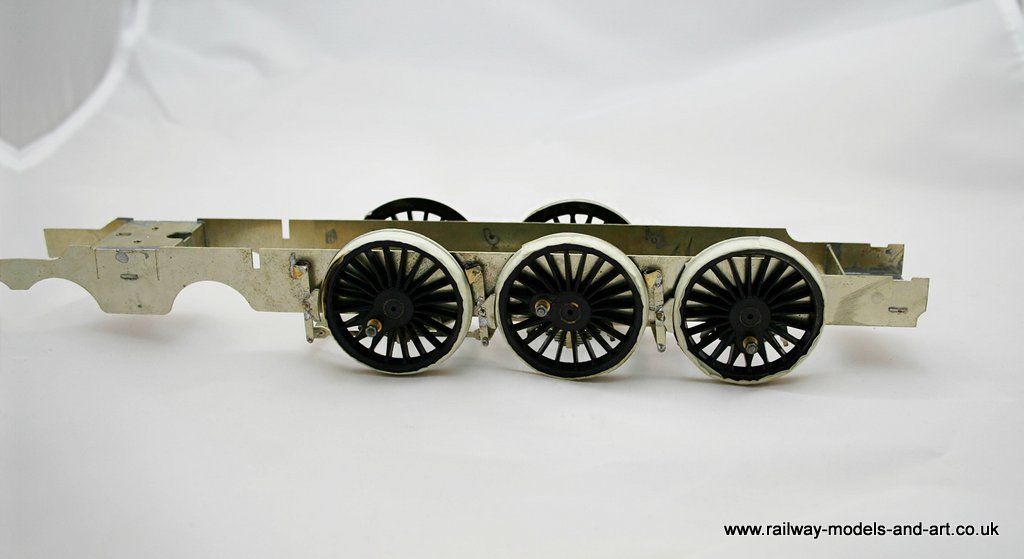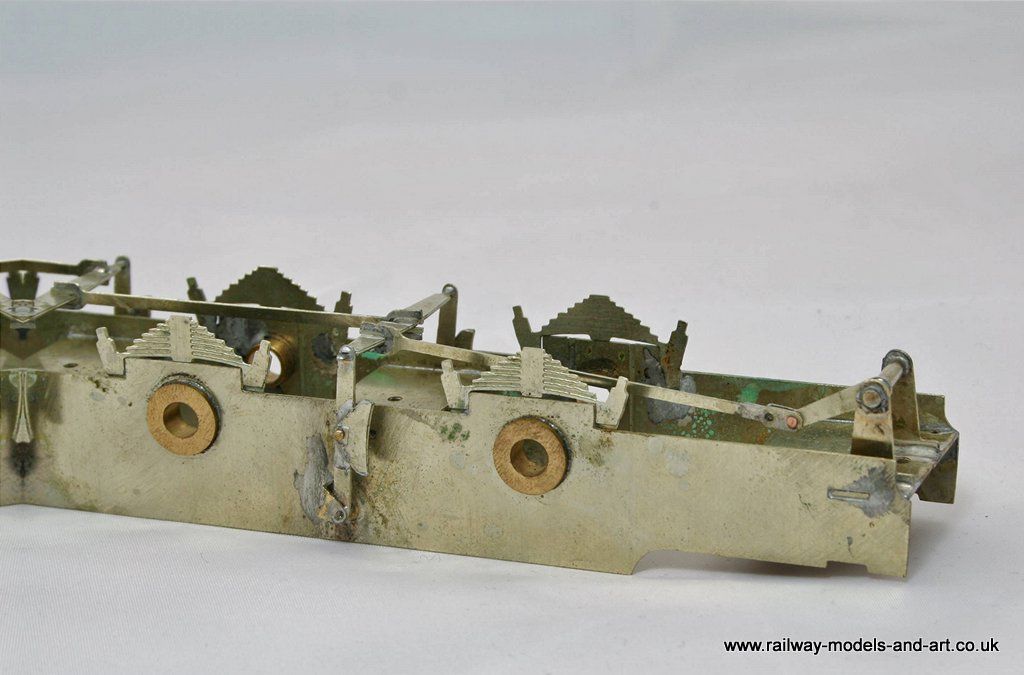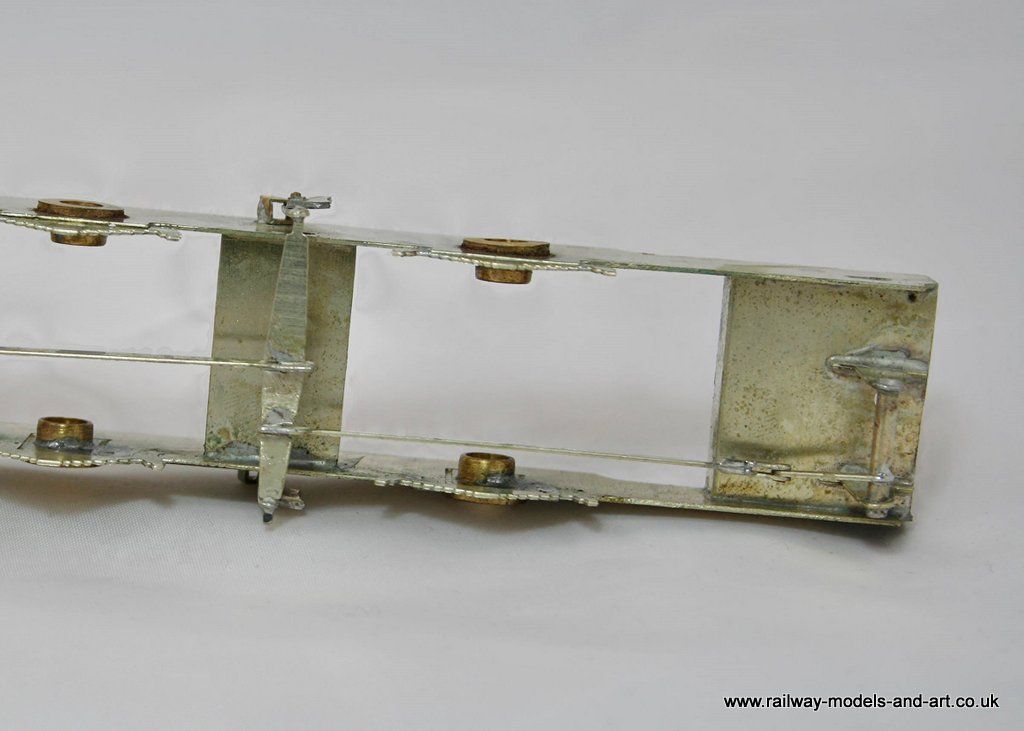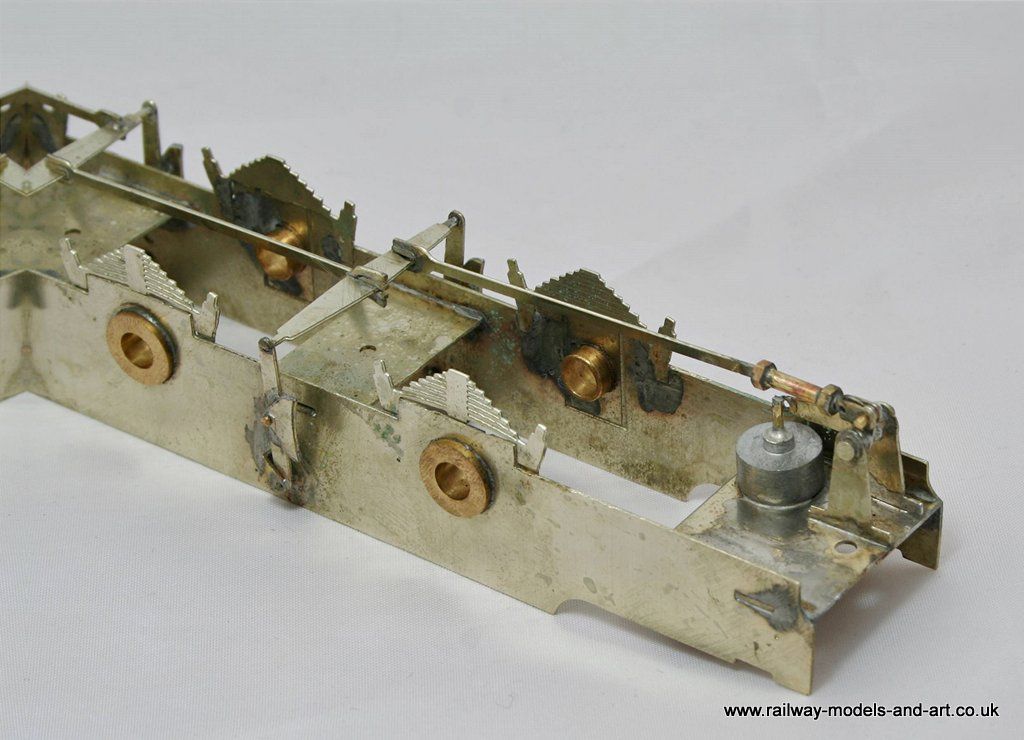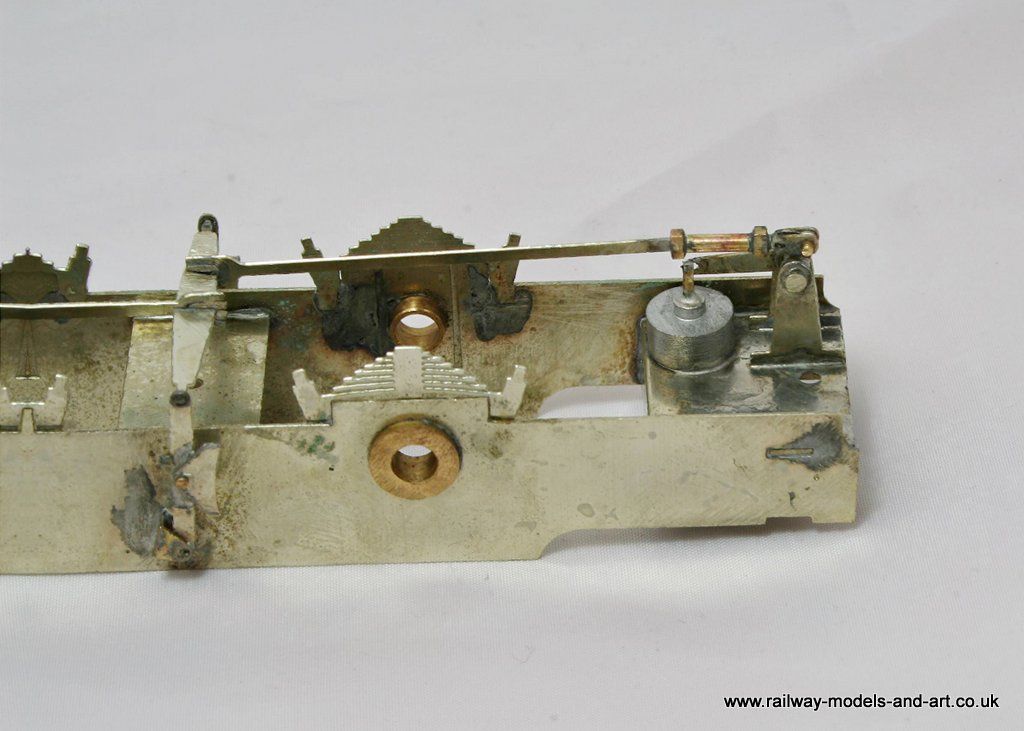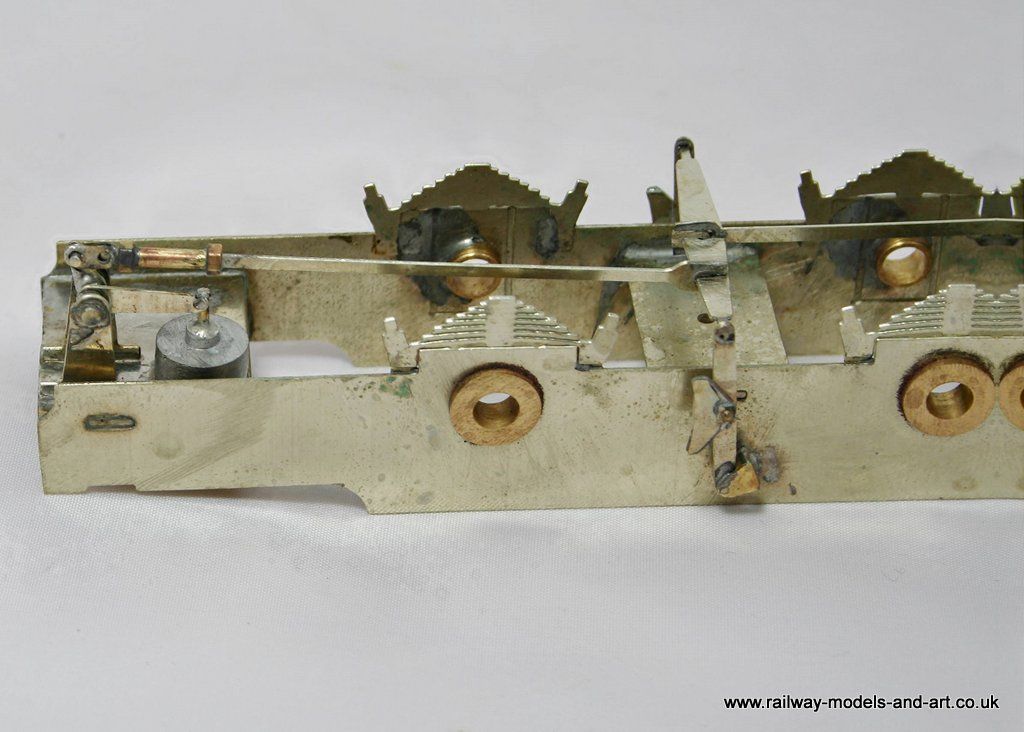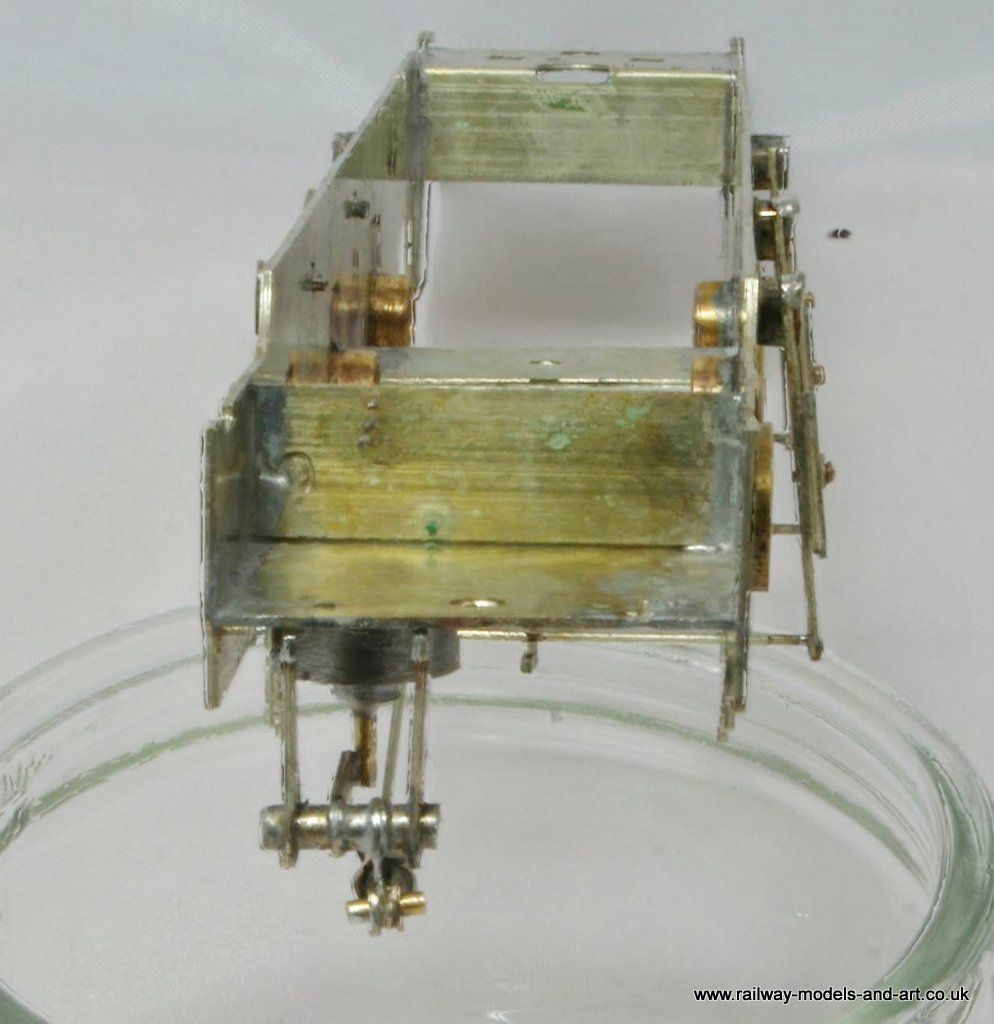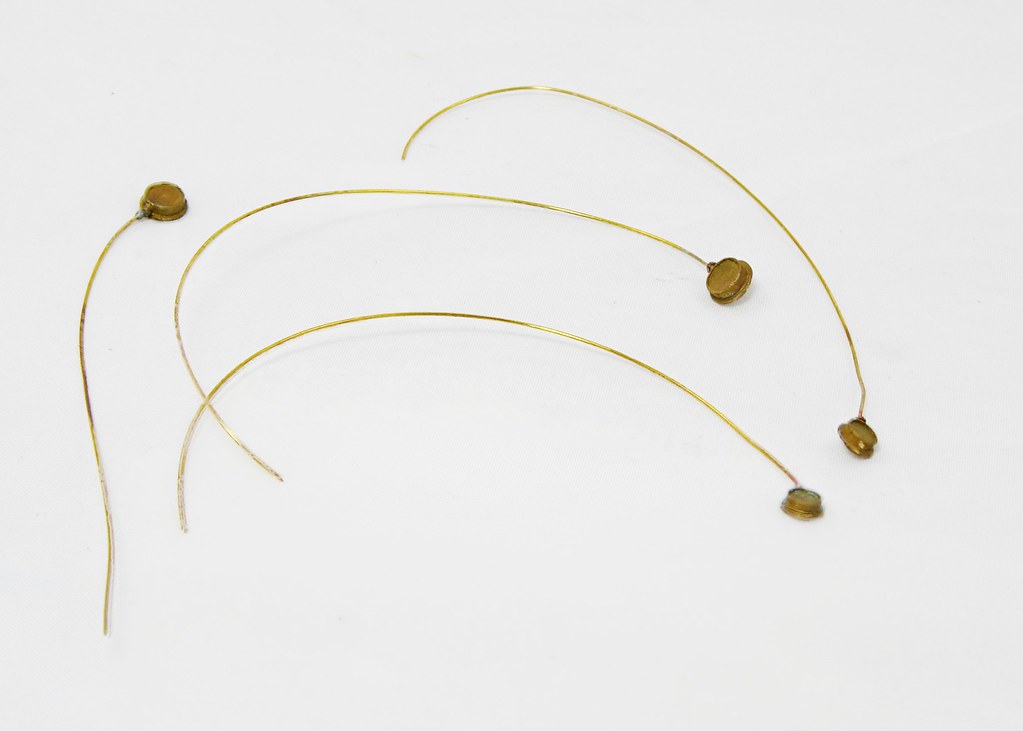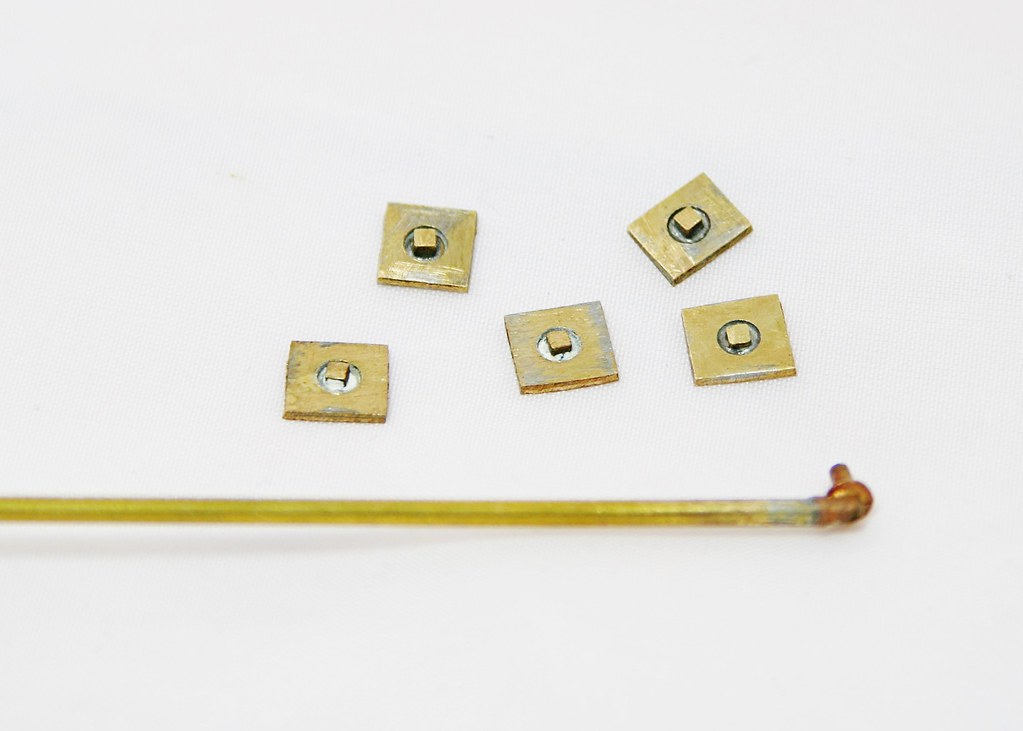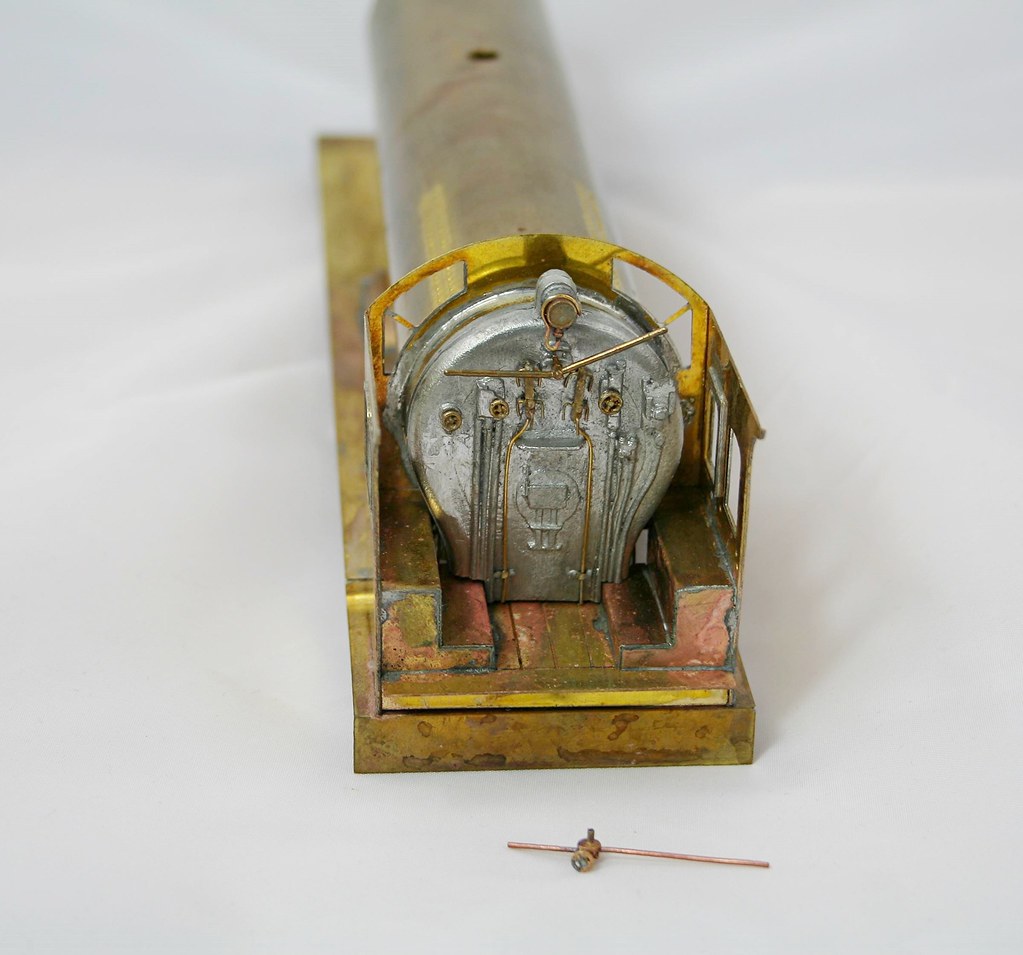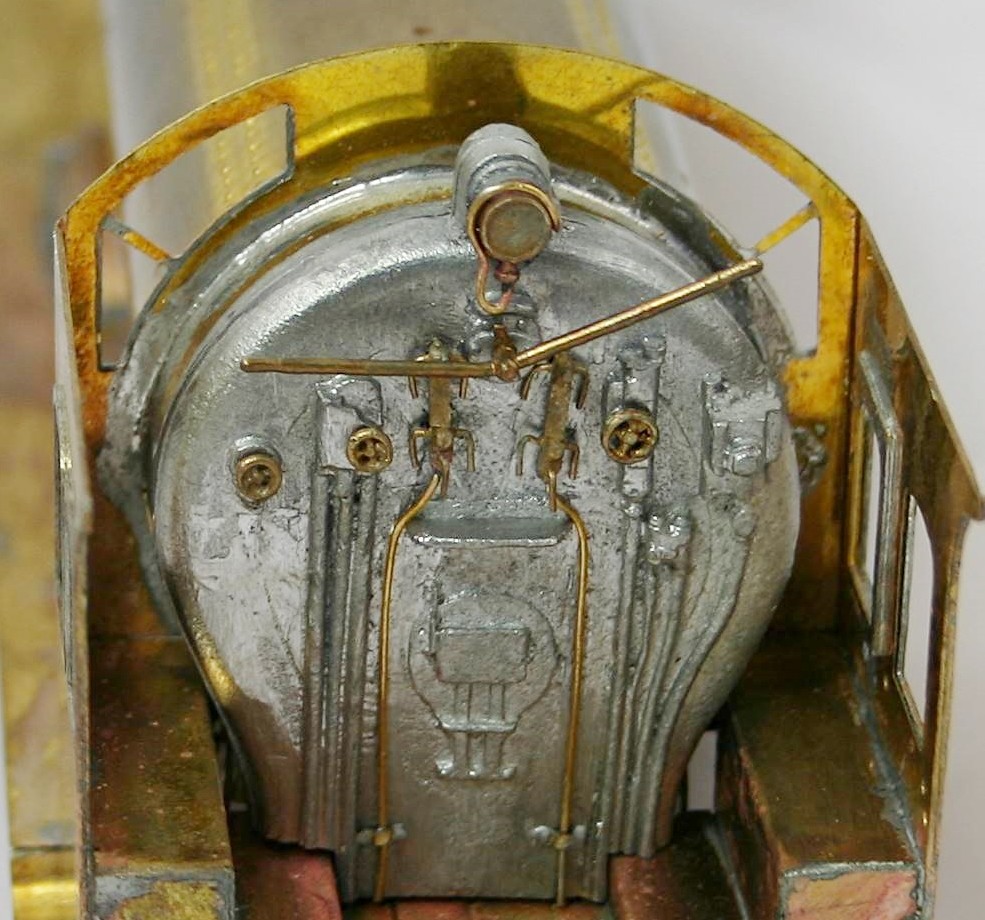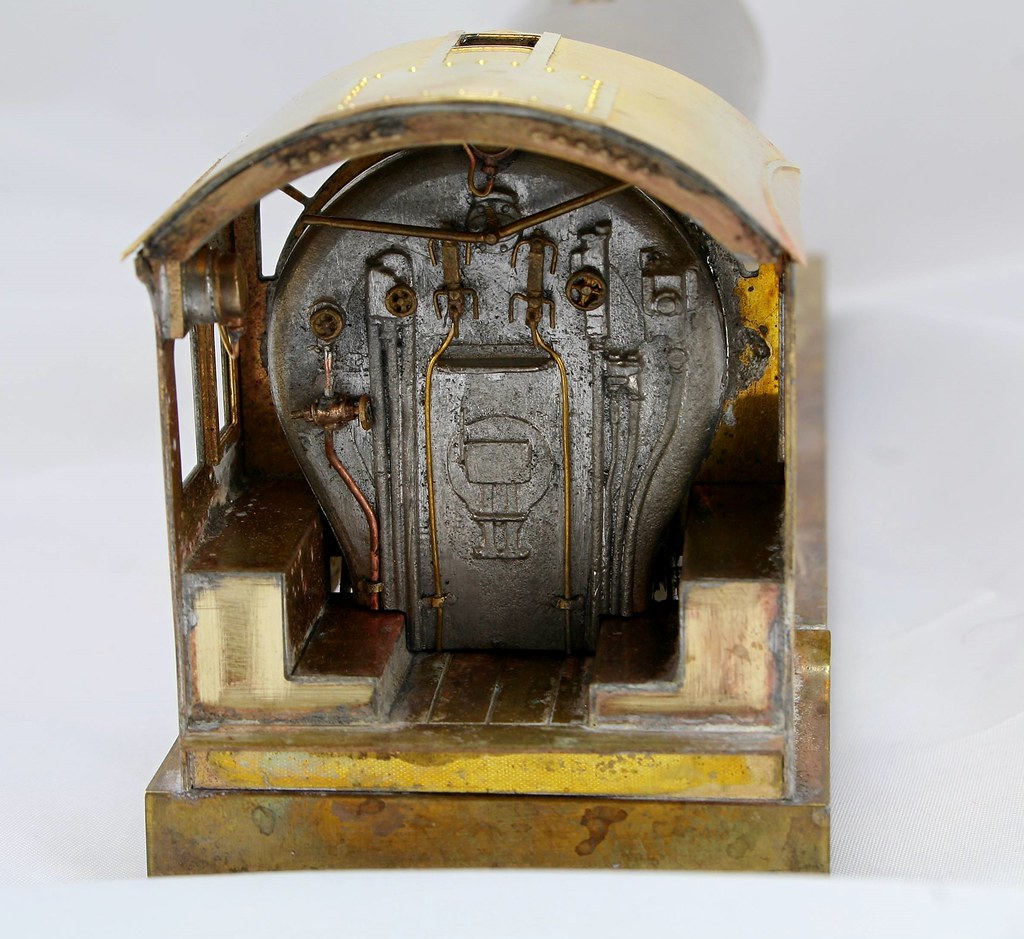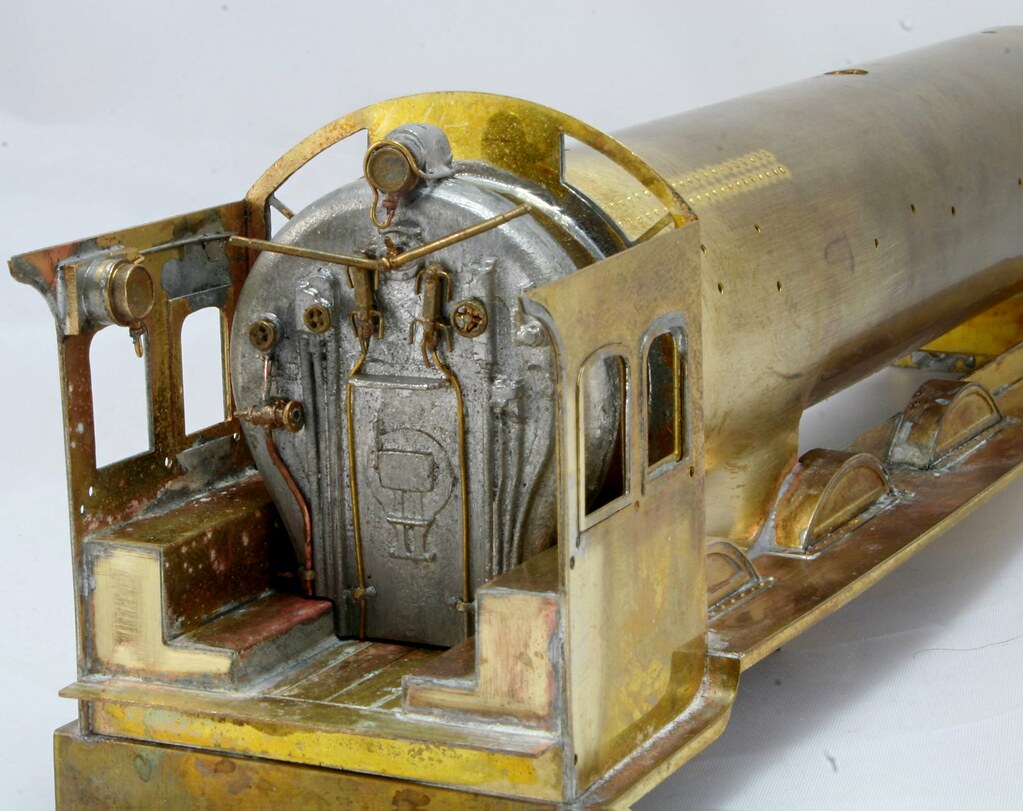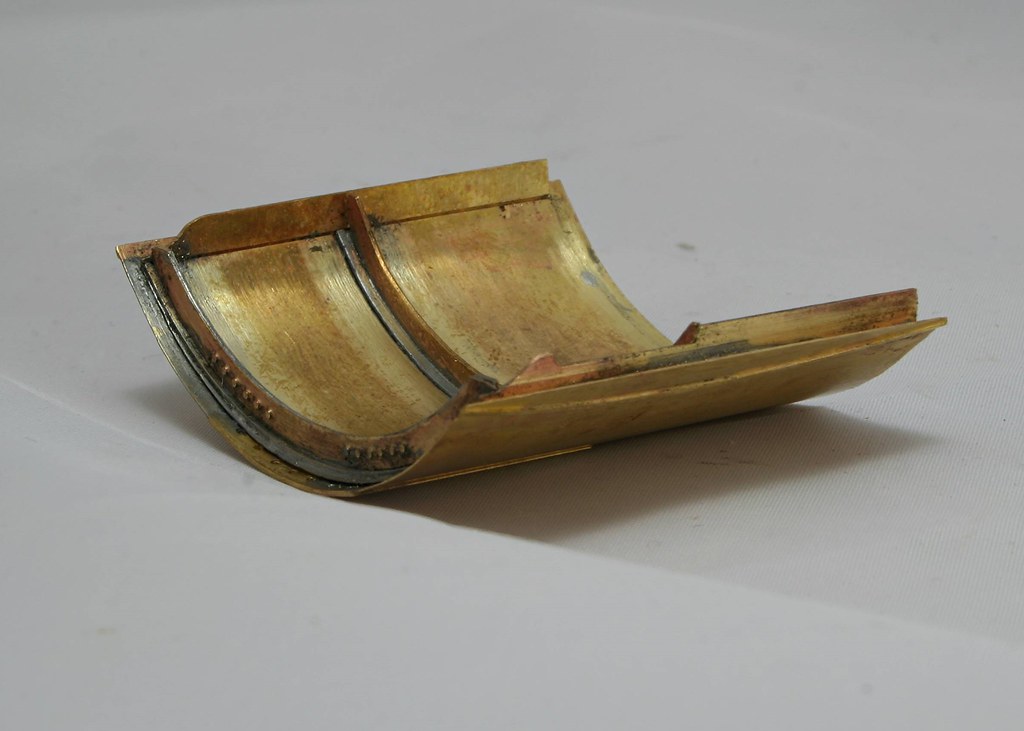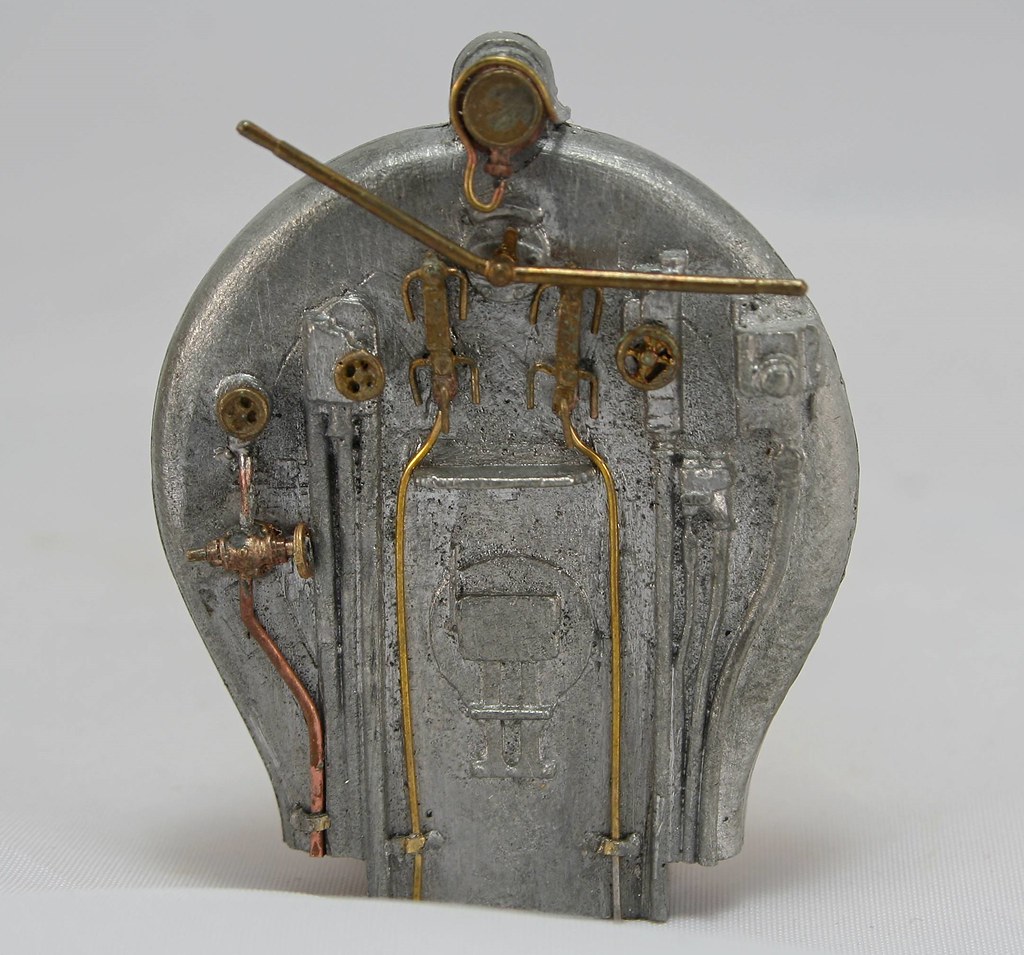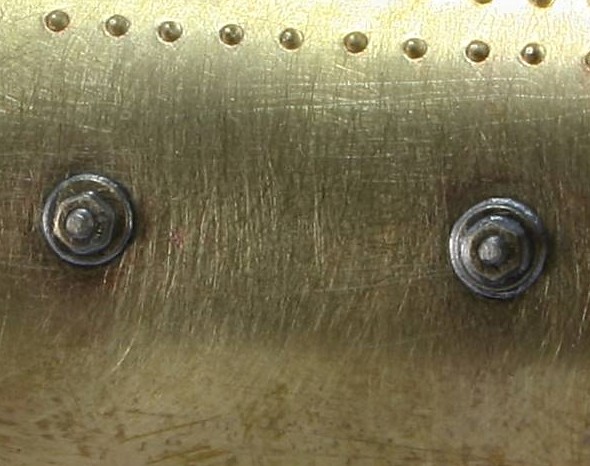Washout Plugs, Proper
Not much modelling done this week due to not being at my best, but a bit of thinking in the lucid moments and looking at photographs of B16's. The conclusion that I reached is that washout plugs on B61/1's are a nightmare. Almost every photo you look at has different numbers in different positions - No Swindon standardisation here...
So I settled on the understanding that the loco that I am building '61450' had three on the right hand side and two on the left (looking forward from the cab). 61450, would also have to be one of these with the foremost washout plug on the front corner of the firebox. Working out how to do that took a bit of head scratching.
As I have said before, mostly those things that require most head scratching and trepidation prove to be simpler to just get on and do. So it was with this one. I marked off where each one would sit and drilled a small pilot hole. For the four that are sat square to the side I just kept using slightly bigger drill bits until I hit the size for the previously made backing plugs.
For the one at the corner of the firebox, I drilled a pilot quite close to the edge of the side of the firebox and again started to make it bigger. I stopped short two or three sizes smaller than I needed for the others and then using an oval diamond file, I filed the front of the firebox adjacent to the hole so that I had a 3/4 hole in either face of the firebox. I then used a round burr in my Dremel to ease it to final size.
Fitting the backing plugs and getting them in position was fun, it took at least three attempts on all but one of them. Once they were all soldered in place it was time to add the half etched overlays to the firebox sides around the holes. I tinned them all while still on the fret then cut them out and filed of the tag.
I decided to use the microflame to solder them in position because I reasoned that using the soldering iron (aside from the possibility of getting solder all over where I didn't want it), would possibly nudge them out of position too. This created the dilemma of heating the front face while making sure that the plug didn't drop off the inside of the firebox. to get around this I cut some short lengths of coffee stirrer and wedged them between the two washout plugs inside the firebox and away I went. - I did manage to set fire to one which gave Chris a bit of a moment....
On a couple I had to add the tiniest spec of extra solder to get them firm and the one folding around the front of the firebox took a few attempts to get it seated properly in both planes but I got there in the end. They still need cleaning up but not as much as they would have if I had attempted to use the iron to solder them on.

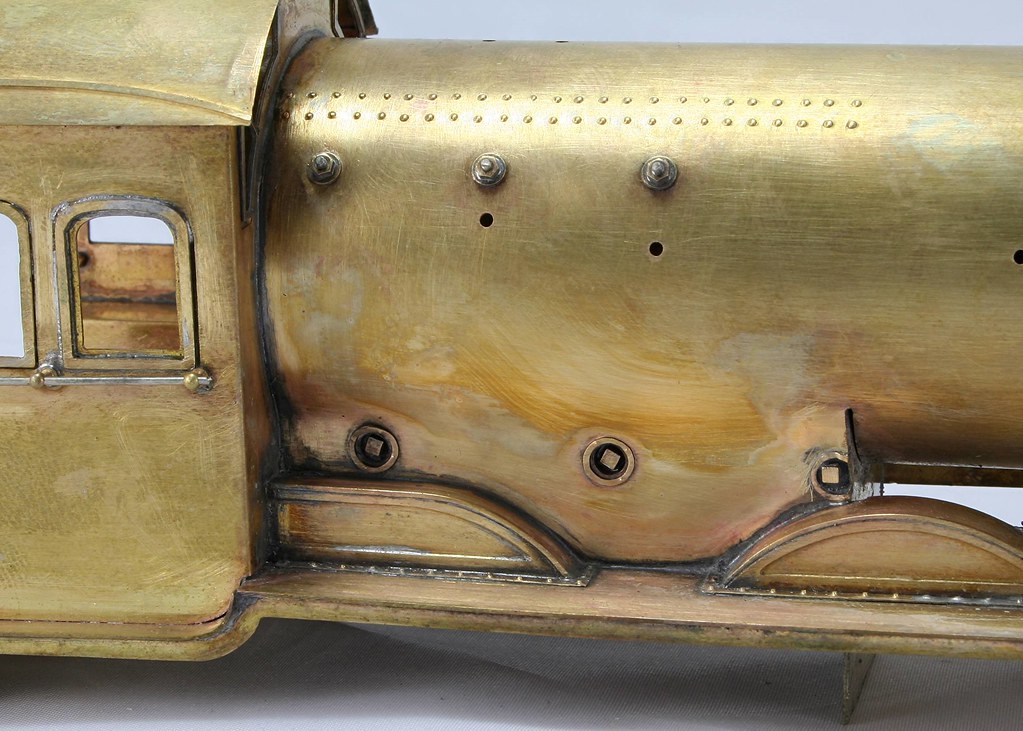

They are one of those details that will fade away once lost in the overall paintwork but which would be very noticeable if they weren't there. The plus point is that now that I have done them once doing them again on other locos will be quite straightforward.
